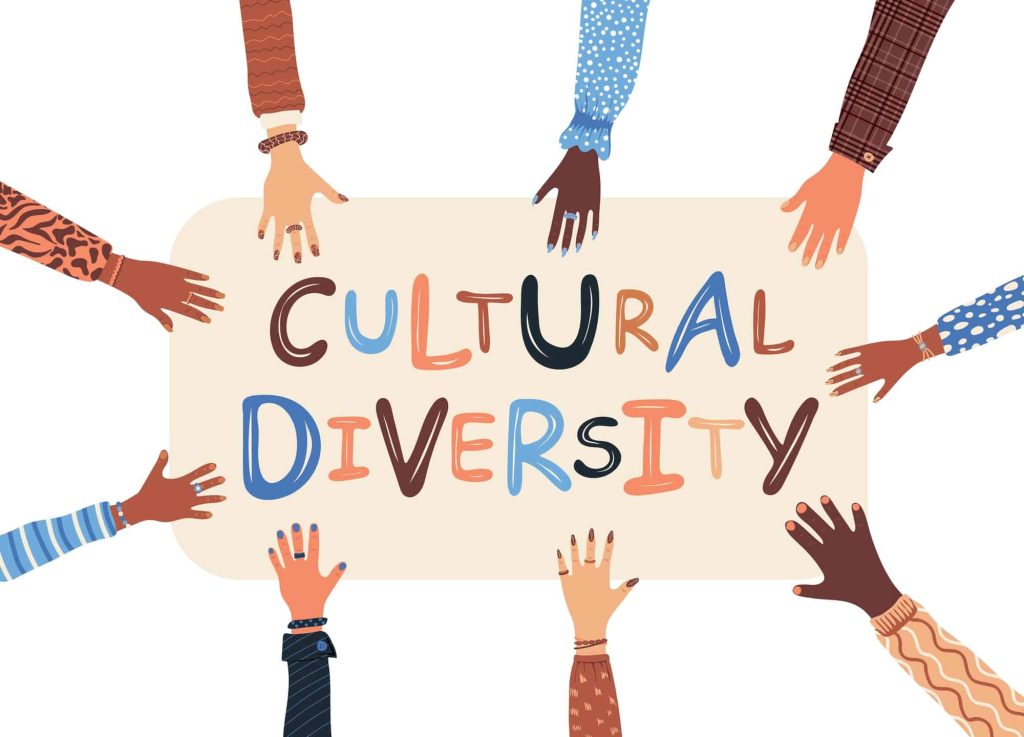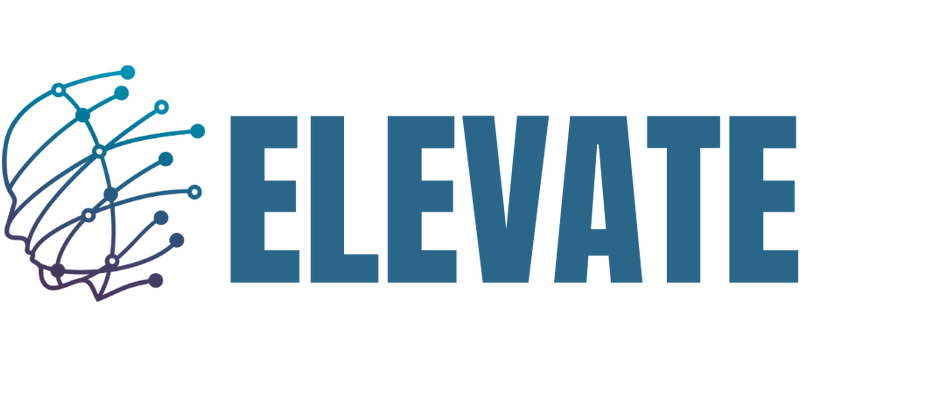In a rapidly globalizing world, cultural diversity has moved from a nice-to-have to a
strategic imperative. Organizations no longer simply aim to “check the DEI box”—they’re
being called to embed diversity into the heart of how they operate.
Elevate’s international study reveals five key insights:
Perception gaps: Employees and consultants often see different realities. In
Luxembourg, for example, 62% of employees felt cultural diversity wasn’t
addressed—while 62% of consultants said it was. This points to a disconnect between
strategic messaging and daily experience.
Narrow diversity lenses: Most strategies focus on age and gender, overlooking less
visible factors like caregiving roles or social mobility. Employees are more attuned to
these dimensions, which calls for a broader, bottom-up view.
Lack of structured assessment: Two-thirds of organizations don’t formally evaluate
their cultural diversity efforts. Without frameworks or consistent metrics, progress
remains hard to track.
Ownership gaps: With few dedicated DEI roles, responsibility often falls to general
HR—or to no one at all. Clear mandates and resources are vital to turn words into
action.
Readiness for change: There’s strong demand for tools to assess intercultural
competence—especially self-assessments that promote shared accountability.
Elevate is responding by designing a self-assessment tool that bridges intention and
implementation. Because real inclusion isn’t abstract—it’s embedded in systems,
decisions, and daily practices.

